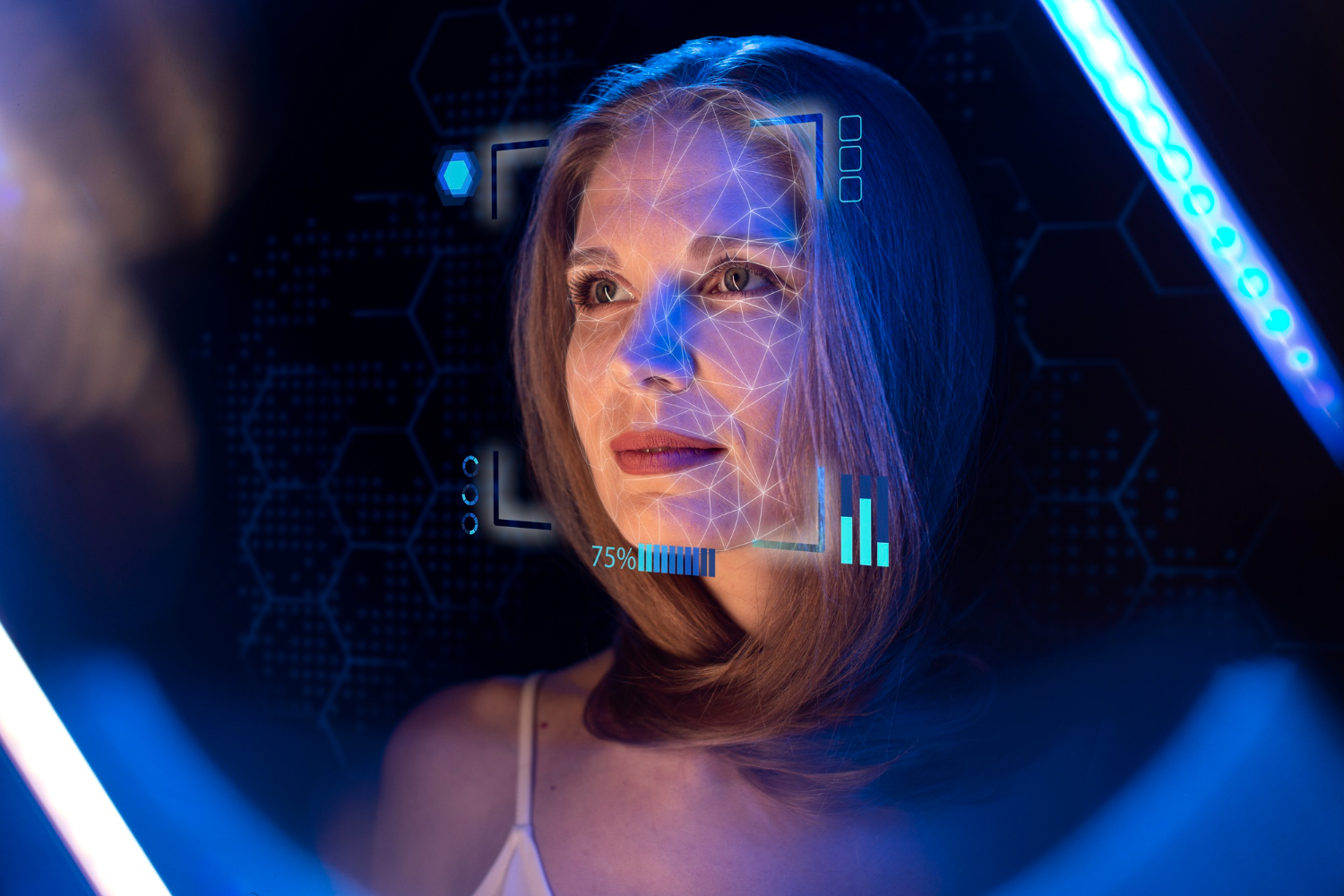In recent years, the transformative capabilities of generative AI have presented a dual-edged scenario. Its prowess has expanded from crafting imaginative content to the controversial realm of deepfake technology. While deepfakes have garnered criticism for their potential misuse, such as spreading false information and fake news, they also hold considerable promise in fields like human-computer interaction (HCI). This blog delves into the concepts of generative AI and deepfakes, exploring their potential applications in HCI, particularly focusing on the intriguing possibilities offered by deepfake personas and user personas.
The Development of Generative AI
The marriage of machine learning and neural networks has given birth to a technological progeny known as generative AI, fundamentally reshaping our approach to crafting text, images, and data. This revolutionary technique has sparked intense discussions and, at times, evoked anxiety due to its unique capability: enabling machines to generate content that mirrors the human touch to such an extent that it becomes indistinguishable from that created by people. This unprecedented ability of generative AI to produce content that is not only sophisticated but also eerily human-like has ushered in a new era of possibilities and challenges, prompting society to grapple with the implications of this transformative technology.
Issues surrounding Deepfakes
In the ever-evolving landscape of generative artificial intelligence, one controversial player has taken center stage – deepfake technology. This cutting-edge advancement harnesses the power of artificial intelligence algorithms to craft visually convincing yet entirely fabricated content, ranging from images to videos. In the deceptive realm of deepfakes, real individuals appear to engage in actions or utter statements they never actually did. Undoubtedly, the technical prowess behind deepfake technology is awe-inspiring, but its application has ignited a firestorm of ethical and security concerns. The ability to manipulate reality with such precision raises alarming issues, as deepfakes find themselves at the heart of identity theft, disinformation campaigns, and various other illicit activities. Consequently, the misuse of generative AI, exemplified by deepfakes, has cast a shadow over the reputation of this transformative technology, prompting a critical examination of its ethical boundaries and necessitating robust safeguards to mitigate potential risks.
Deepfakes' Potential in HCI
Deepfakes have a bad image, yet they have a lot of potential for HCI. The goal of the multidisciplinary discipline of human-computer interaction (HCI) is to enhance user experiences by investigating how people interact with computers. When utilized sensibly and morally, deepfakes can improve human-computer interaction.
In the realm of Human-Computer Interaction (HCI), an intriguing application of deepfake technology is the development of deepfake personas. These simulated characters or user profiles can be seamlessly integrated into various digital interfaces, elevating user experiences. Unlike creating fake accounts impersonating real individuals, deepfake personas involve crafting realistic accounts for fictional characters representing genuine user groups. The process involves analyzing collective data from the user or customer base, segmenting it, and assigning names, faces, and appearances to these segments using deepfake technology. This innovative approach poses no harm, as it doesn't deceive by making real-known figures say things they didn't; instead, it enhances user engagement through creative and personalized interactions.

The following are some advantages of deepfake personas:
1. Entertainment and Gaming: By producing believable characters and increasing immersion, deepfake personas can improve storytelling in the entertainment and gaming industries. AI modifications have already been made by developers for well-known games, improving gameplay and "breathing new life" into classic titles. Deepfake AI characters are expected to play a bigger role in virtual environments in the future, whether they are used for gaming or other purposes. For instance, we could see situations in which a character's narrative arc concludes in the film, leaving viewers to wonder what became of them. With the use of deepfake technology, fans may craft their own alternate histories and universes for well-known characters, giving them an incredibly lifelike appearance.
2. Language Learning: By acting as conversational partners, deepfake personas can help language learners practice and get better in a realistic setting. Compared to other approaches, the opportunity to engage in "real" interactions with fictional but incredibly realistic persons can encourage language acquisition more successfully. Again, actual study is still needed to demonstrate this.
3. User Testing: During the software or application development process, designers and developers can simulate user interactions and obtain insightful data by using deepfake personas. Since deepfake user personas are ideally based on real data, their advice can be trusted when making design decisions. Nevertheless, careful validation of the personas is required before this can happen. Further study is required as the validation methods for deepfake personas are still underdeveloped.
4. Personalized Assistance: By acting as virtual assistants with human-like traits, deepfake personas can enhance the user experience and ease of use of technology. Since deepfakes are more colorful than static persona profiles, they are generally more immersive, which is thought to engage system end users. As a result, deepfake personas can add value and contribute to a positive user experience. The ways in which deepfake user personas can improve the persona user experience are yet unclear, nevertheless. We need to do more research!
Despite the criticism surrounding the shift from generative AI to deepfakes, it's crucial to recognize the immense potential these technologies hold, particularly in Human-Computer Interaction (HCI). When employed judiciously and with ethical considerations at the forefront, deepfake avatars can unlock novel applications that enhance our interactions with technology. Striking a balance between innovation and responsible use is paramount for fully realizing the promise of these revolutionary technologies. While the advantages are currently mostly theoretical, further research and development in the realm of deepfake personas are essential to bring these possibilities to fruition.









